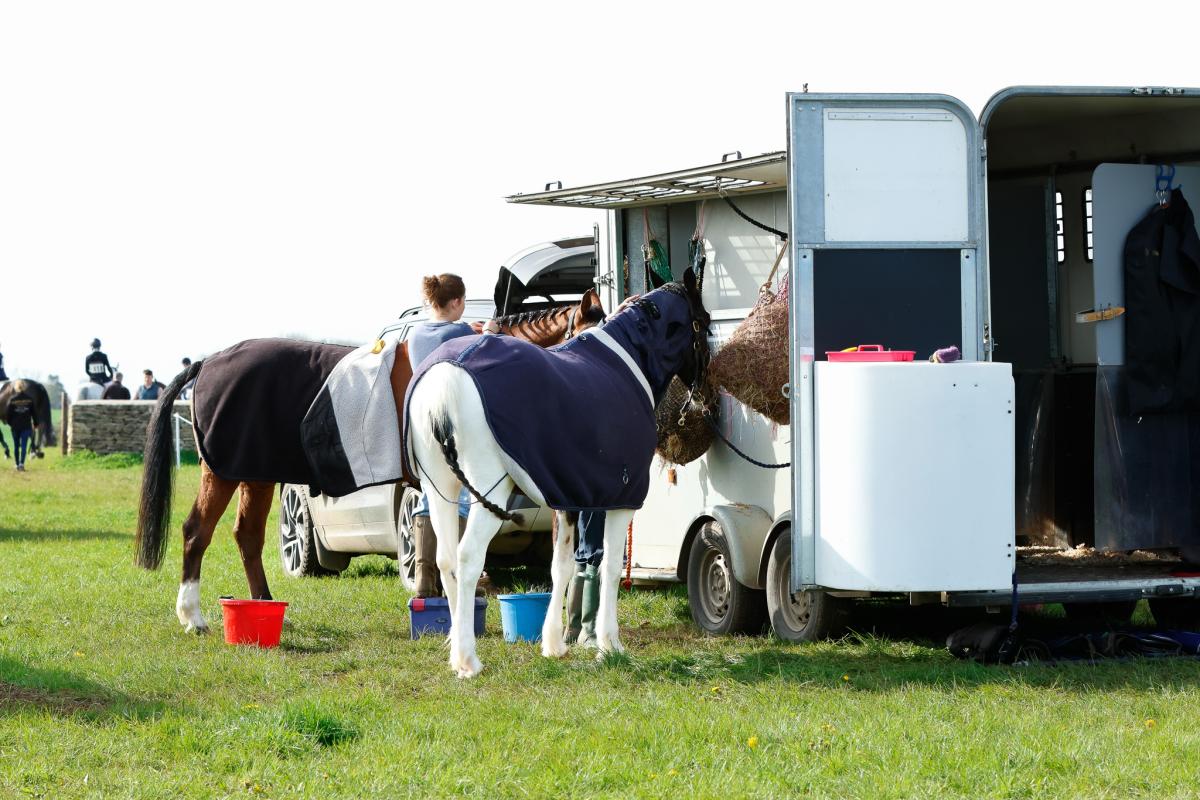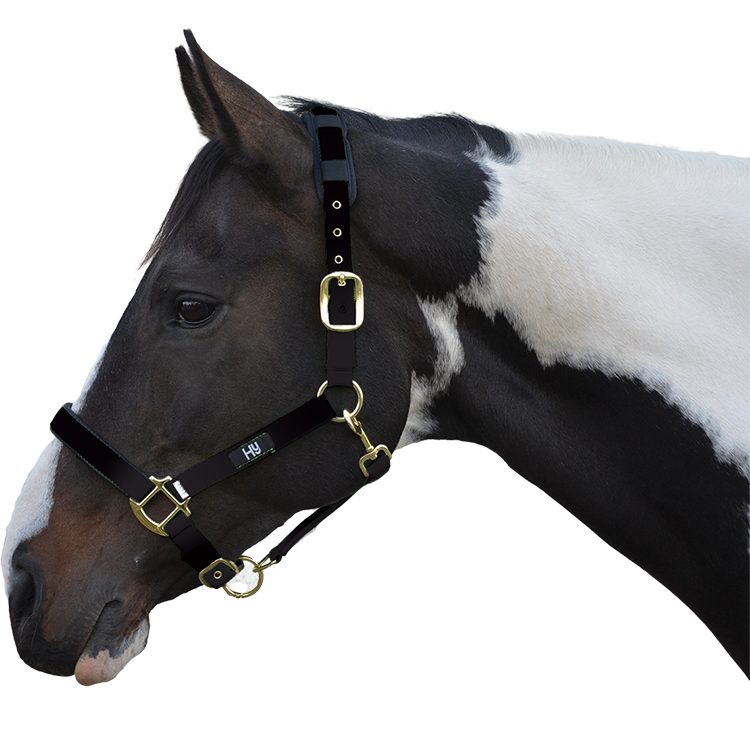
Traveling horses is a responsibility that demands both preparation and care. Whether heading to a local competition, a veterinary appointment, or embarking on a longer journey across the country, your horse’s safety and comfort must always be the priority. Poor preparation can lead to unnecessary stress for your horse, mechanical issues, or even accidents on the road. By carrying out thorough checks and packing essential equipment, you can make the experience as smooth as possible when traveling with your horse.
Before you even think about loading your horse, ensuring your trailer or horsebox is roadworthy is essential. Begin by testing all lights and indicators, including brake lights and hazards, ideally with someone standing behind the vehicle to confirm they are working. Tyre pressure and tread depth should be checked carefully, including the spare wheel, as underinflated tyres are a common cause of roadside delays. Inspect the hitch, coupling, safety chains, and breakaway cable for any signs of wear or damage and ensure the braking system is fully functional. The trailer’s flooring and ramp also require close attention by lifting rubber mats to check for rot, rust, or cracks, and ensure the ramp is secure and slip-resistant. If you use mirrors or an internal camera to monitor your horse during travel, ensure they are clean, powered, and in working order.
Preparation should extend to the horse as well as the vehicle. Regular short trips can help a horse become accustomed to travel, reducing stress on longer journeys. When travelling, use protective travel boots or bandages to shield the horse's legs from knocks and a tail guard to prevent rubbing. Loading should always be calm and unhurried, as horses quickly pick up on tension, and a stressed handler can make the process far more difficult.
A well-stocked travel kit will ensure you have essentials when on the road. For the horse, carry fresh water and a clean bucket, a haynet tied securely to avoid entanglement, and a first aid kit containing essentials such as bandages, wound cleaner, scissors, and a thermometer. A spare headcollar and lead rope are invaluable if something breaks en route. For yourself and the vehicle, pack a torch or headlamp for low-light situations, high-visibility clothing for safety, a breakdown kit including a warning triangle, jack, and wheel brace, and a vehicle-rated fire extinguisher.
When loading, it is best practice in the UK to place the heavier horse on the right-hand side of the trailer to counterbalance the camber of the road. Secure all partitions, breast bars, and breech bars properly, and tie the horse with enough slack to allow it to lower its head, which is essential for clearing its airways during travel. Ventilation is also key as horses can overheat quickly, even in mild weather, so ensure there is adequate airflow without draughts.
Once on the road, drive smoothly, avoiding sudden acceleration or harsh braking, and take wide turns to keep your horse balanced. Keep stops to a minimum, but do check your horse regularly during longer journeys. Excessive noise can be unsettling, so keep the environment calm and quiet throughout the trip.
On arrival, unload your horse in a safe and enclosed area, offer water straight away, and give them a short walk to loosen their muscles. Take the time to check for any knocks, rubs, or signs of stress, and allow your horse to settle before asking them to perform or travel again.
Travelling with horses is about much more than simply reaching a destination it is about making the journey as safe, comfortable, and stress-free as possible. Spending a few extra minutes on checks, preparation, and careful driving is a small investment for the peace of mind it brings. For your horse, the trailer or horsebox is an unfamiliar and moving space; it is your responsibility to make it secure, comfortable, and a place they can travel in with confidence.


